
It’s early on a Monday morning in October, and in the middle of a dust storm stirred up by buses and pineapple trucks on Santa Cecilia de La Cruz’s main street, dozens of students appear wearing their uniforms from grade school and high school.
Some of these students walk 3 kilometers to the nearest school, as is the case with Los Ángeles school. For each of them, a plate of food sends them off at the end of every morning or greets them at the beginning of the afternoon. For many, this meal is the most balanced one they’ll have all day.
Nestled in the middle of forests and orange groves, Santa Cecilia is the poorest district in Guanacaste. The poverty rate for the 1,536 families living in the district is estimated at 75 percent, according to the Multidimensional Poverty Index, based on data from the 2011 National Census.
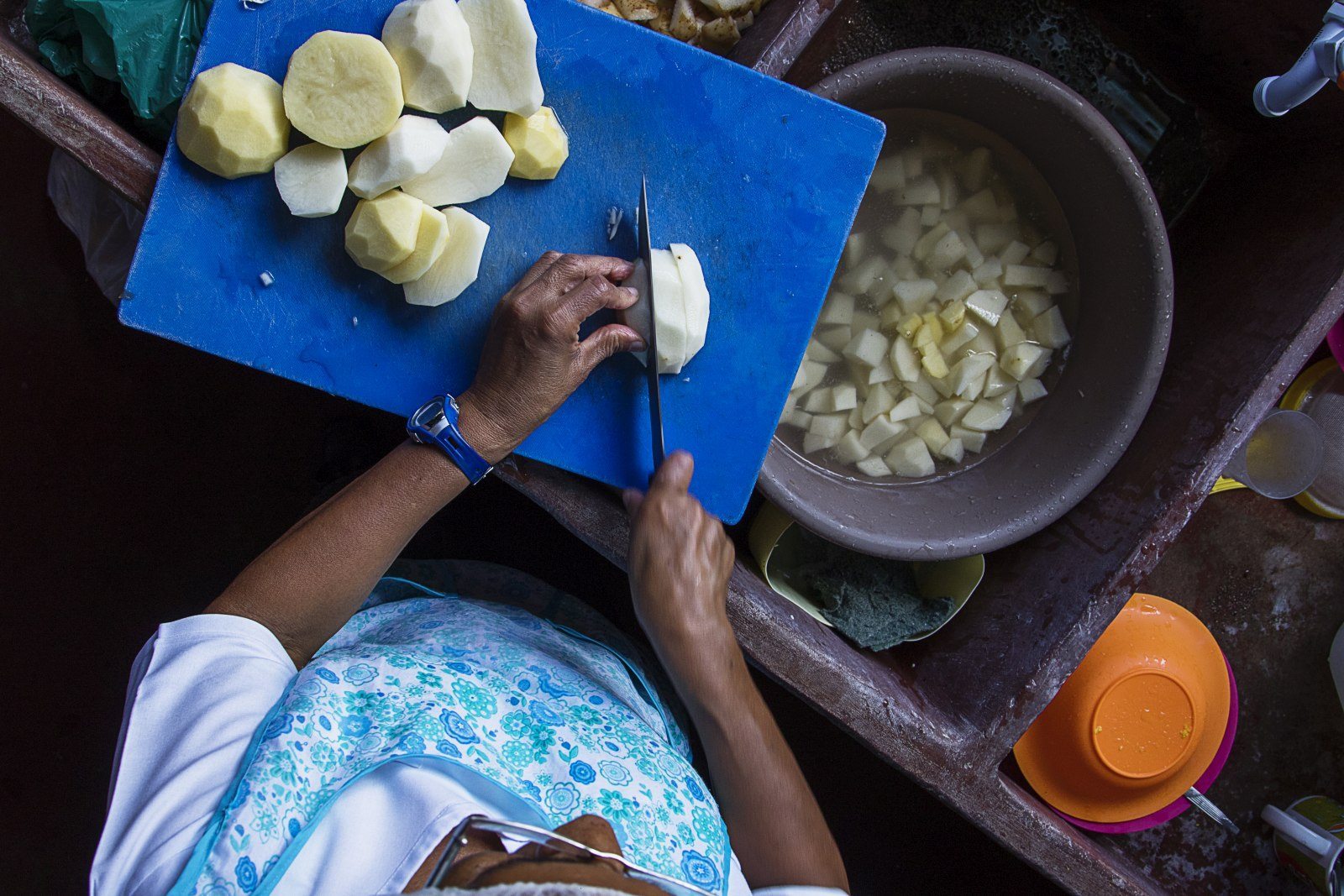
Marta lamenta que su cocina ha sufrido varios robos. Sus hijas le ayudan a comprar los abarrotes, pues ella no puede distinguir los precios en las etiquetas.
Behind the scenes are the school’s cooks, who make it possible for these students to be able to don their uniforms and sit in the hallways.
“Meal services help meet families’ nutritional needs,” said Filemón Ponce, supervisor of the district’s schools.
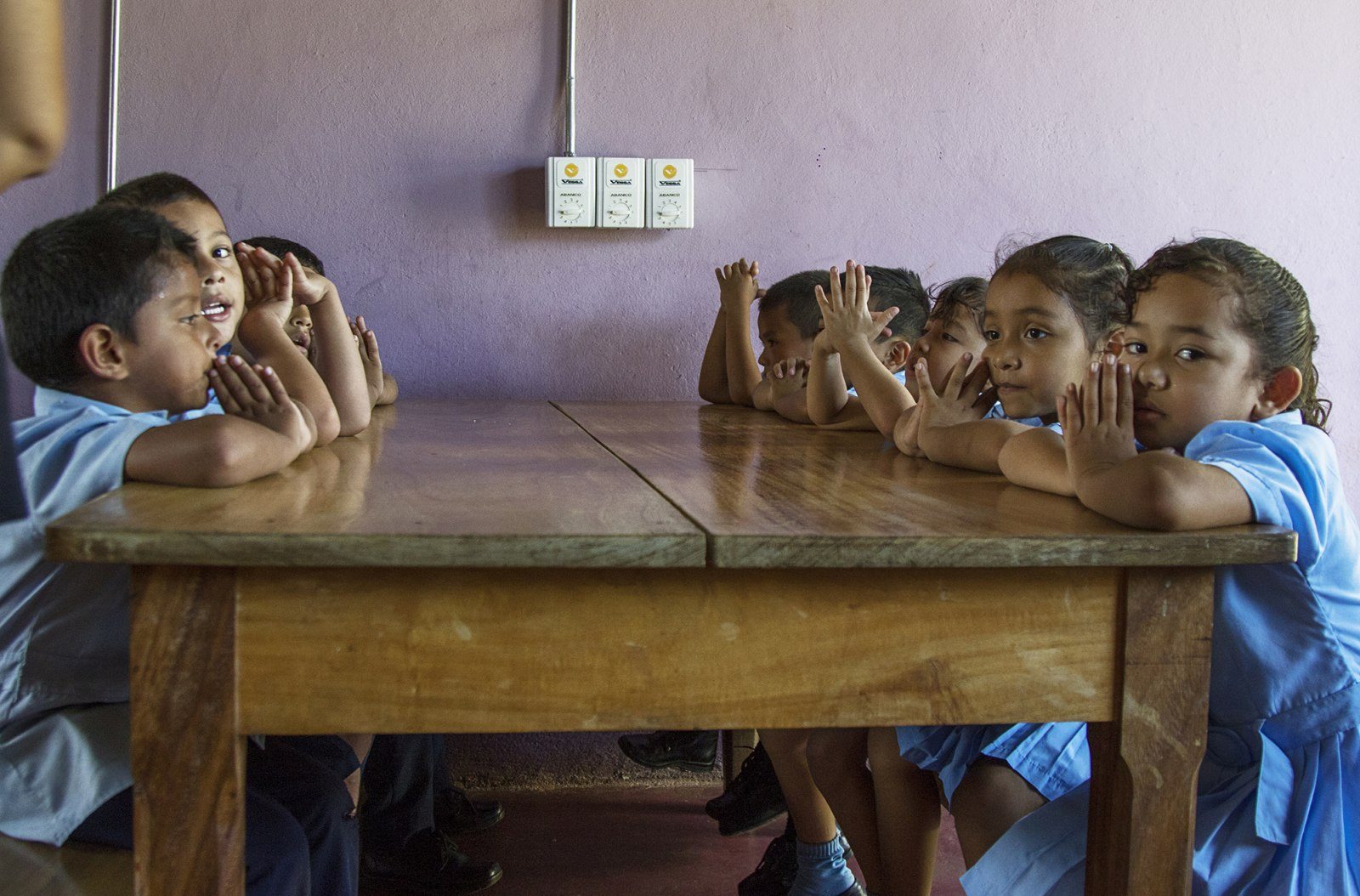
Marta tiene 5 hijos y 11 nietos, todos residentes de Santa Cecilia. “Los niños de la escuela me recuerdan a mis nietos”, dice.
“The kids are eating lunch at school, and that cost can then be invested in another area of a household’s finances,” Los Ángeles school principal Salvador Macotelo said.
A total of 198 preschoolers, 938 elementary students and 689 high school students attend Santa Cecilia. According to Ponce, 75 percent of the student body receives scholarships from the Mixed Institute for Social Aid and the National Scholarship Fund, and all local schools have meal services.
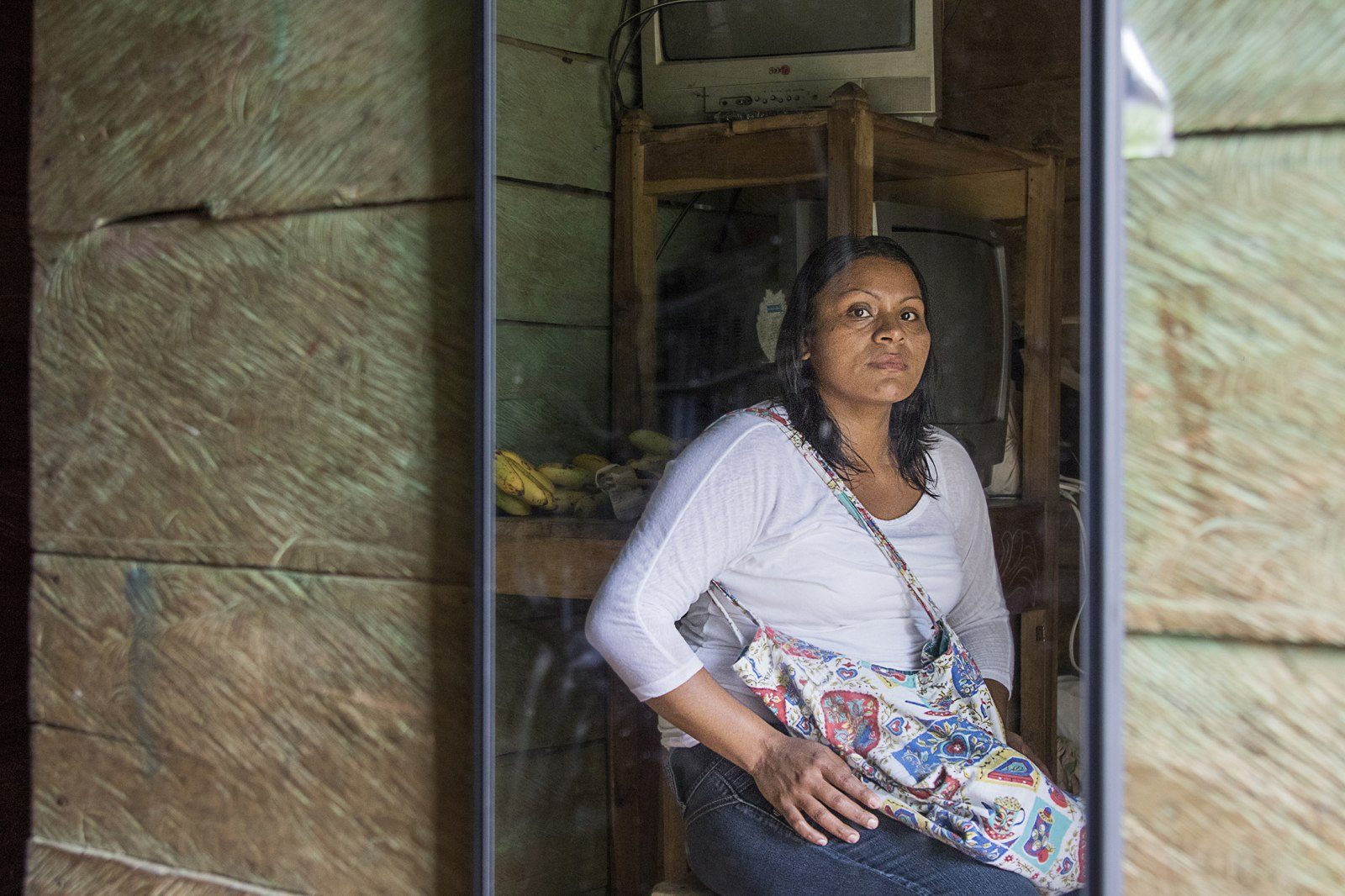
Yamileth’s contract ends this year. If it is not renewed, she’ll try to sell homemade bread. That would mean she joins the 48 percent of households in poverty that are supported by informal jobs.
Nourishing More Than the Mind
A cook here also is an educator. In many cases, their duty is to provide food that kids rarely, if ever, are able to eat at home.
“Vegetables, picadillos (minced meat and vegetable dishes) and salads are the most difficult to serve. I think the kids are used to eating rice, beans, sausages, mortadella, cheese, cuajada – whatever can be served at home,” said Yamileth Peña, 31, who works in the Argendora school cafeteria.
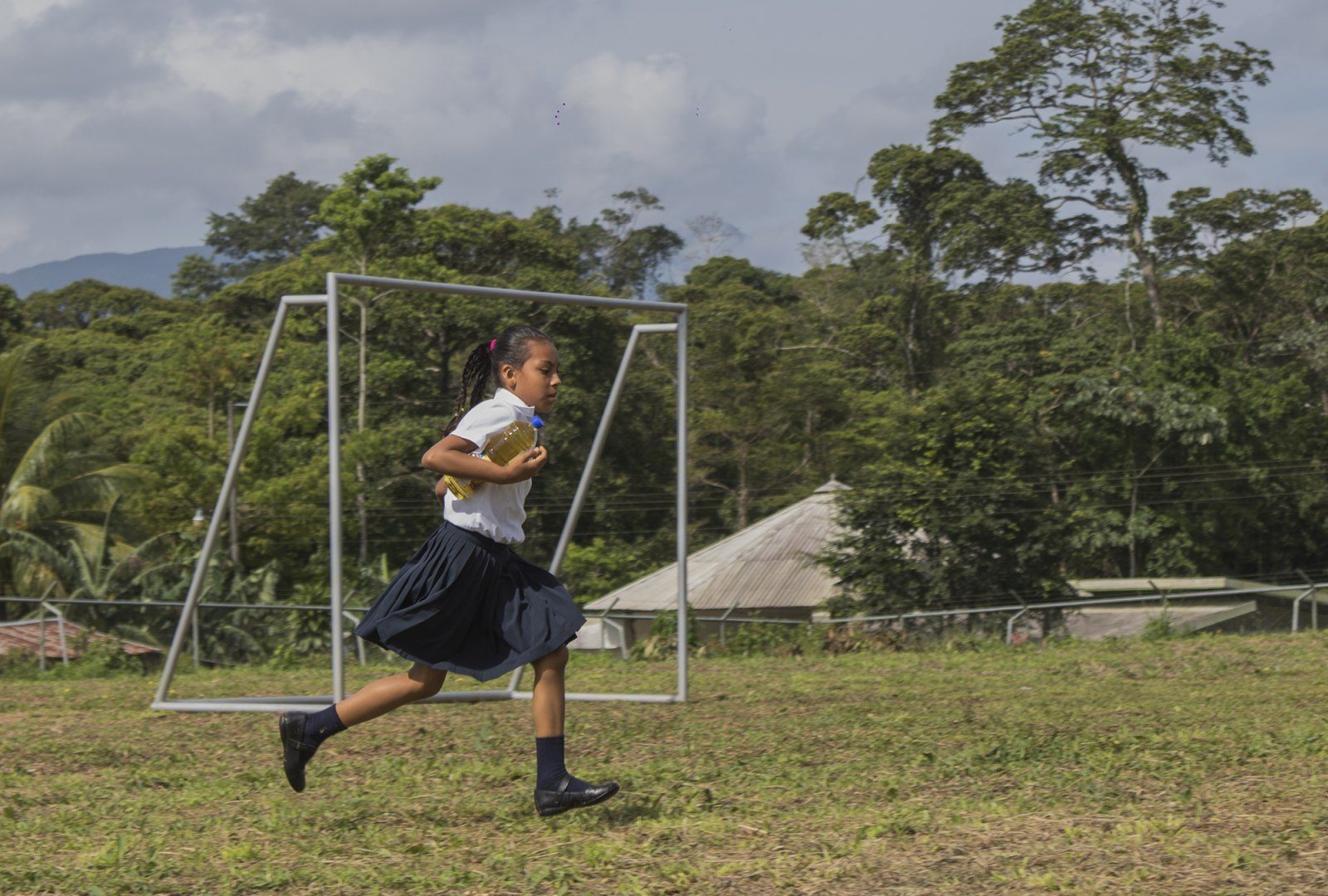
Yamileth’s daughter Nazareth heads to the corner store during recess to buy cooking oil for the school kitchen. “I depend on the corner store a lot because suppliers don’t come here,” says the cook.
“It makes me happy when the children come to eat. It’s a big responsibility, because you teach them like a mother would,” said Marta Quintanilla, 61, who cooks for 80 students at Los Ángeles.
Between the cups, pots, pans and plates, we make space for a camera. Following Yamileth and Marta around, it becomes clear they make sacrifices while working their jobs in a rural, financially strapped district like Santa Cecilia. Even so, they are proud that their dishes help sustain the community.
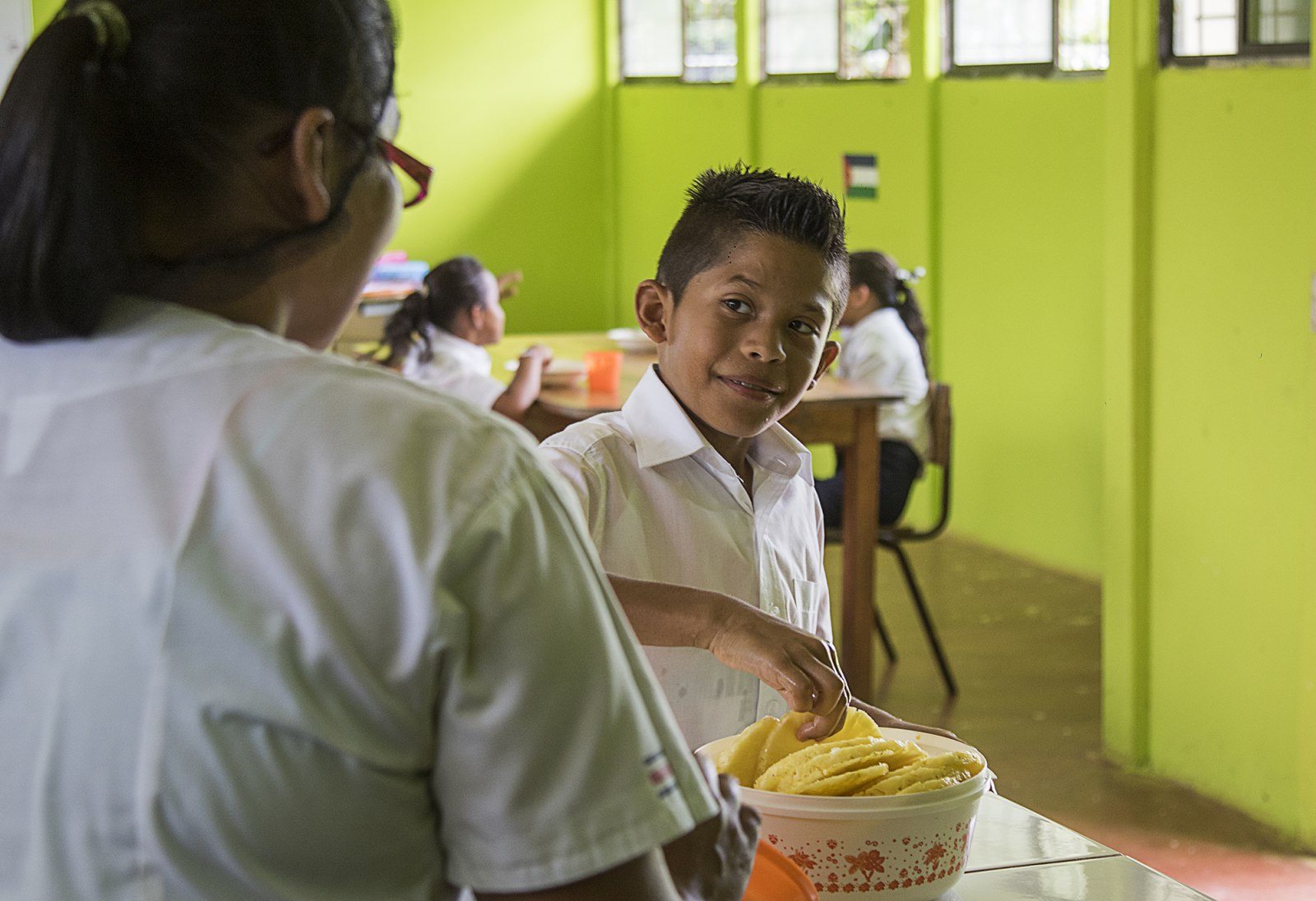
The Education Ministry subsidizes 31 meals daily at Argendora school at ₡886 ($1.60) each. With that money, schools must cover the cost of food and pay the cooks.
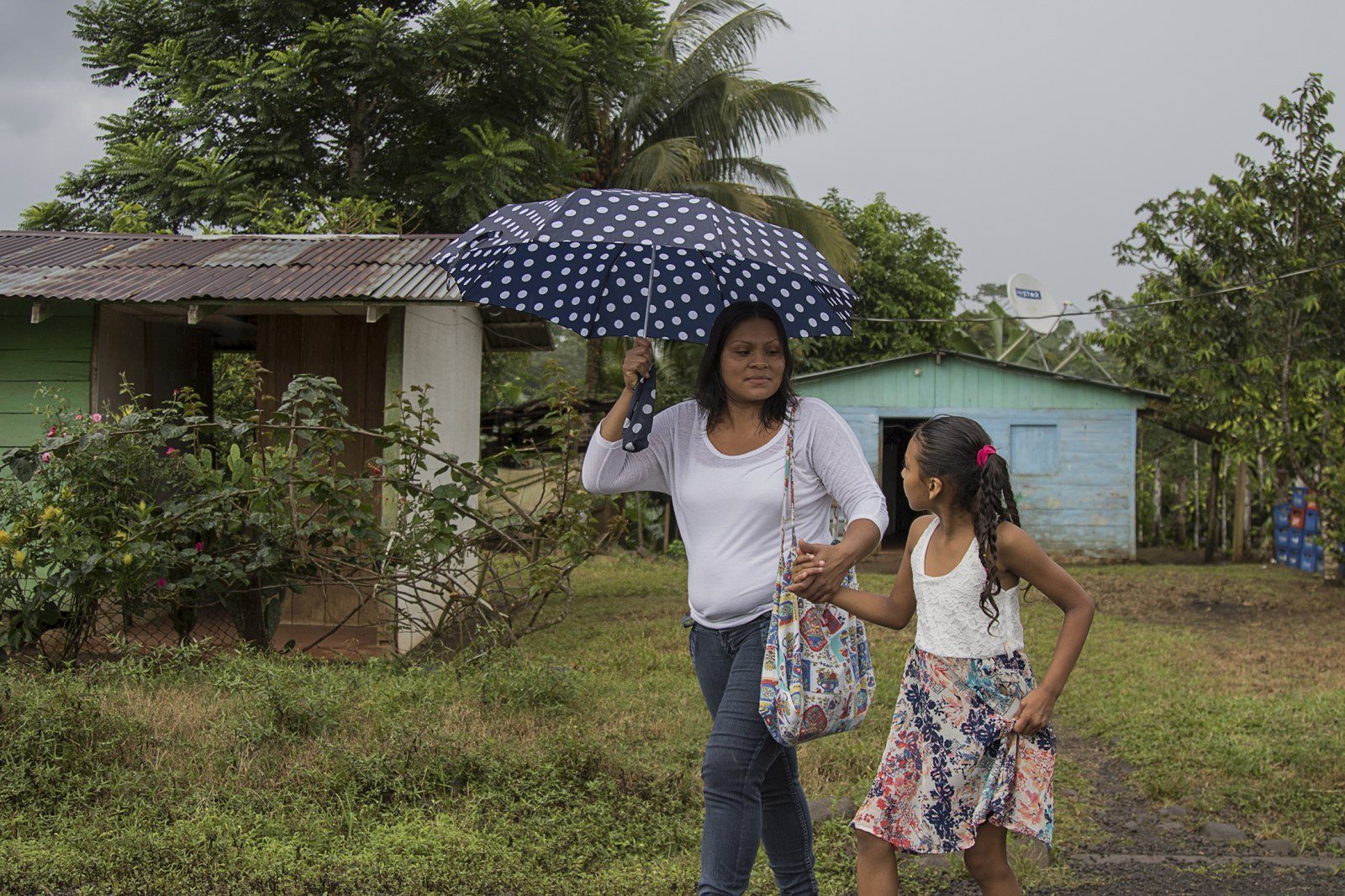
When Yamileth can’t find the ingredients she needs in Santa Cecilia, she must take a bus to La Cruz, 40 kilometers from Argendora.


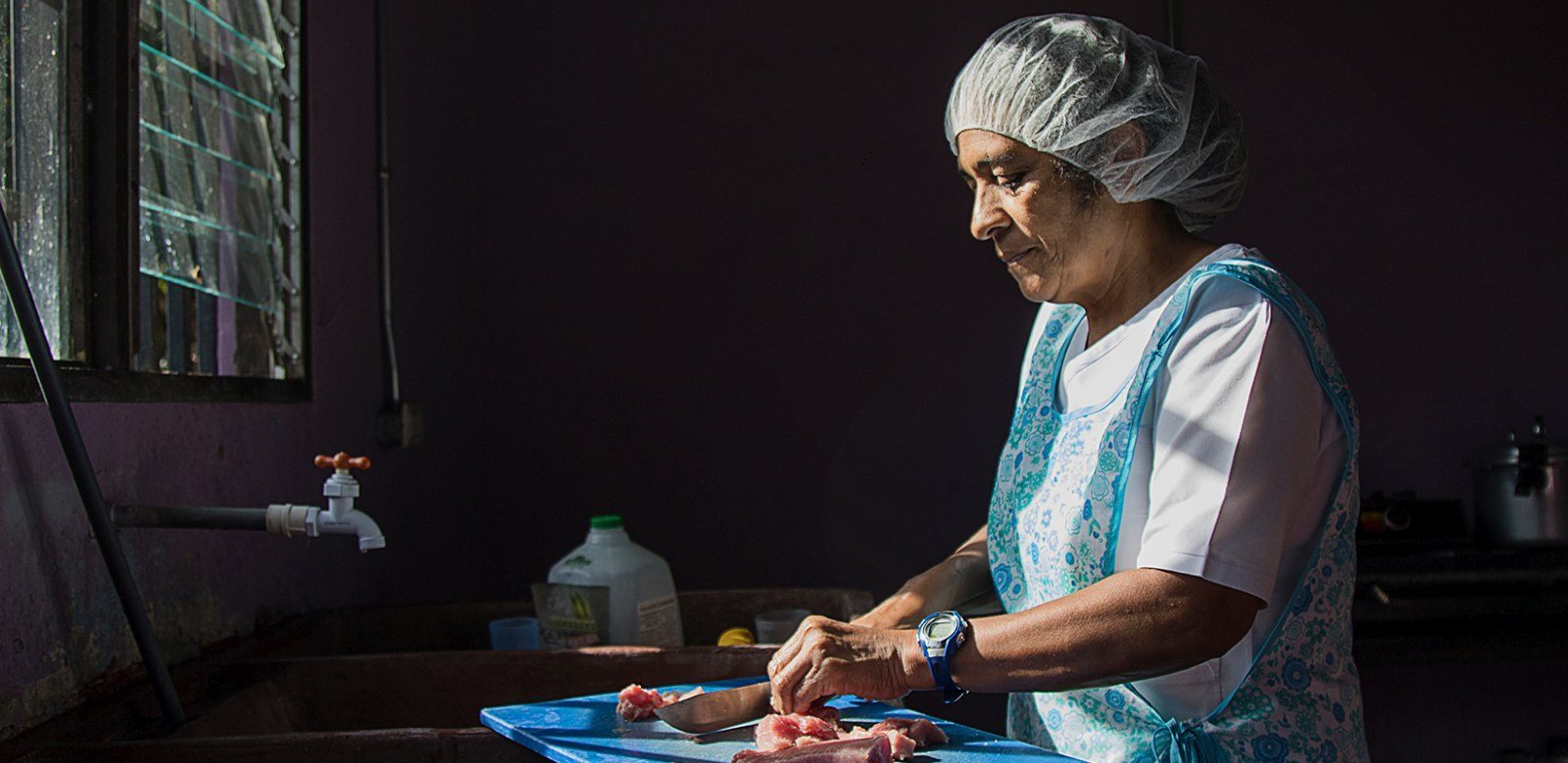
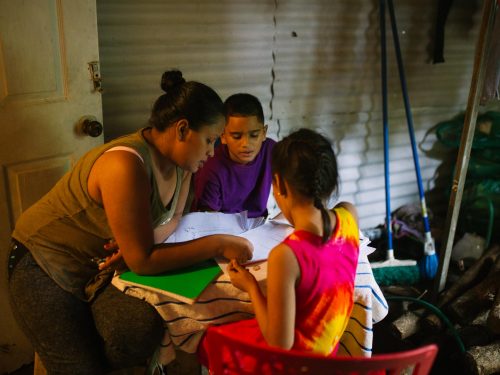
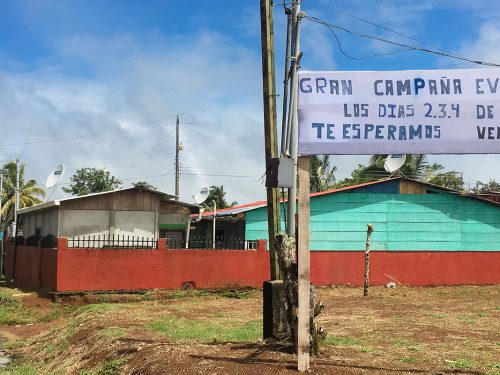


Comments